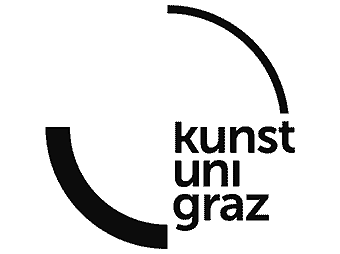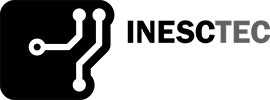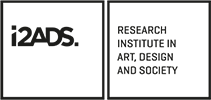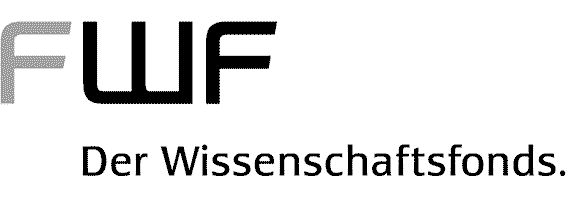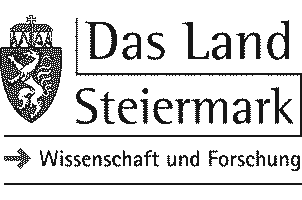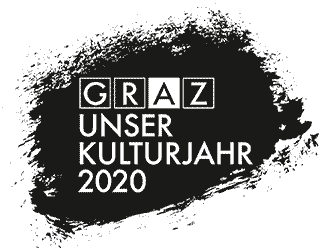Digital Doilies: Iterative Behavior as a Poetic Strategy
Artists and researchers have widely explored the use of computational tech-nology in artworks. This technology has shown the potential for aesthetic expansion when applied to other creative fields. For the perspective of computational creativity, the use of programming to explore traditional techniques within the craft practice appears to be enticing, due to its vast possibilities of exploration, which goes, for example, from woven fibers to sculpted artifacts. But in these practices the characteristic that stands out is the iterative process of craftsmanship. In this paper, we discuss the poetic practices that explore traditional techniques through computational approaches. Using a Cellular Automata algorithm that generates crochet lace patterns, we use the generative pattern and its materialization to illustrate and visualize the poetic practices that use repetition and reproduction as the base for their existence and survival.

